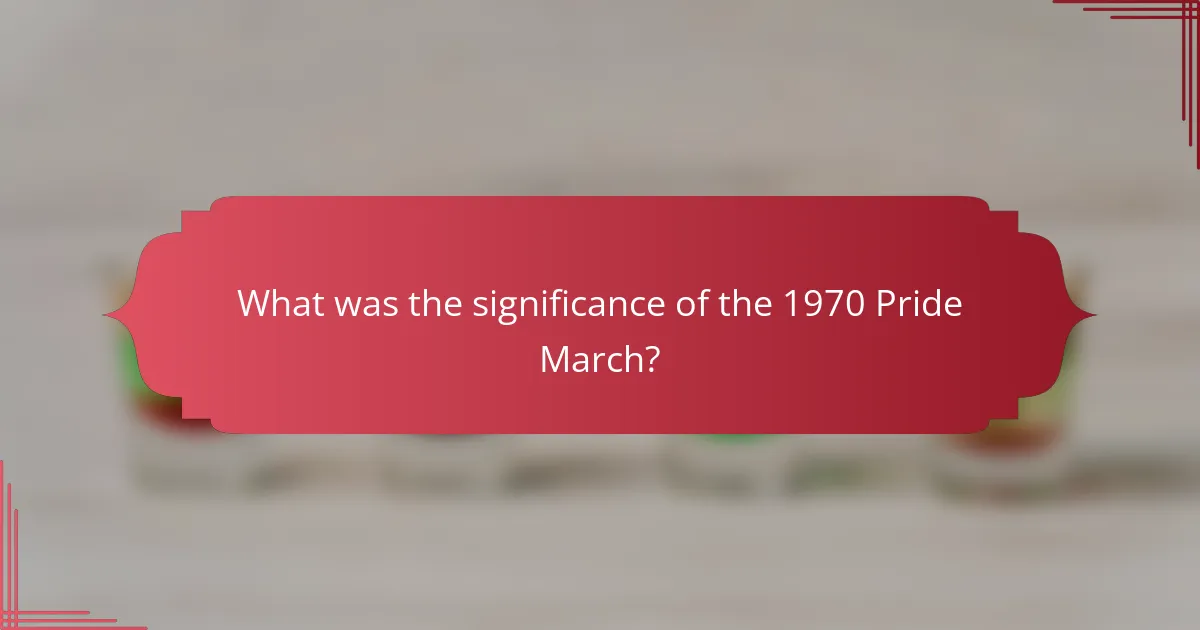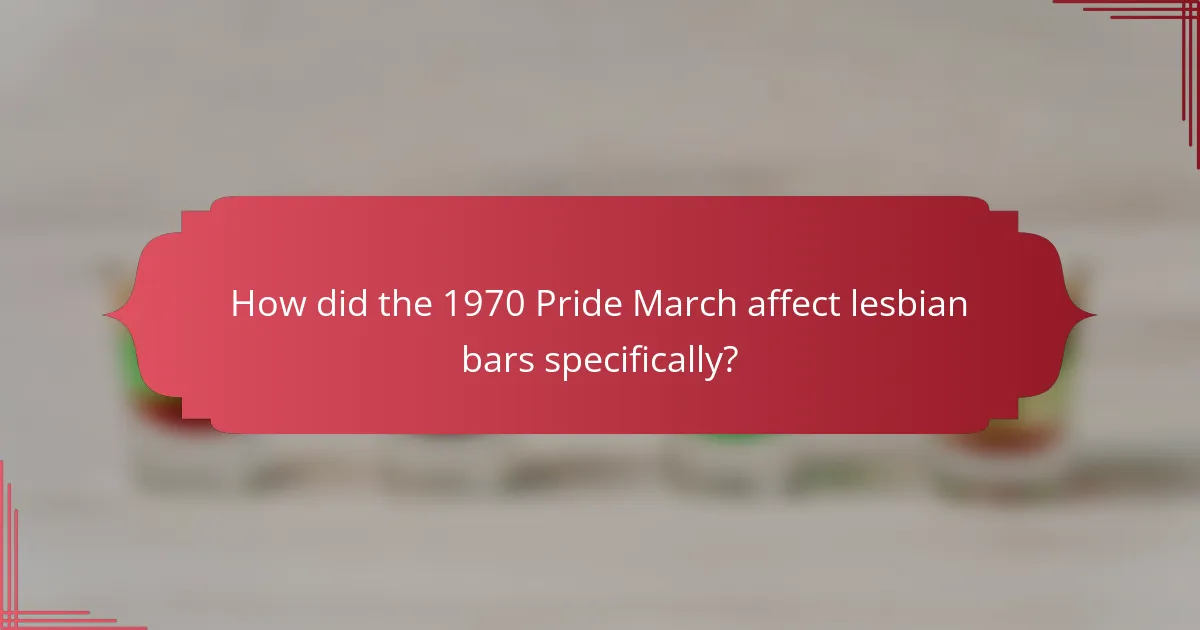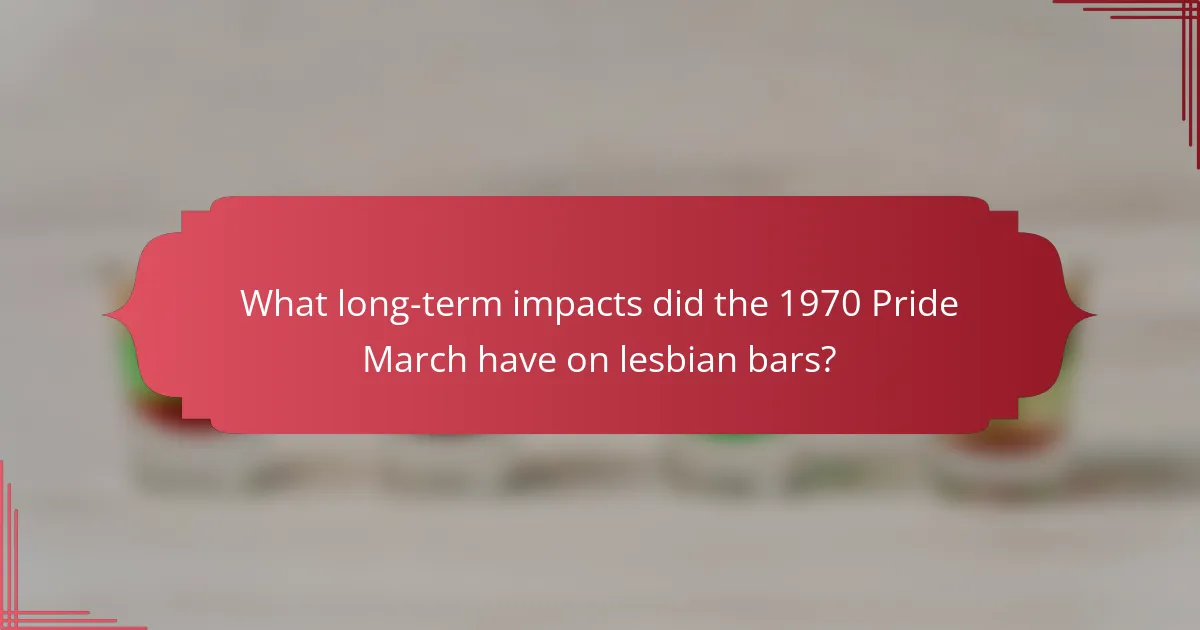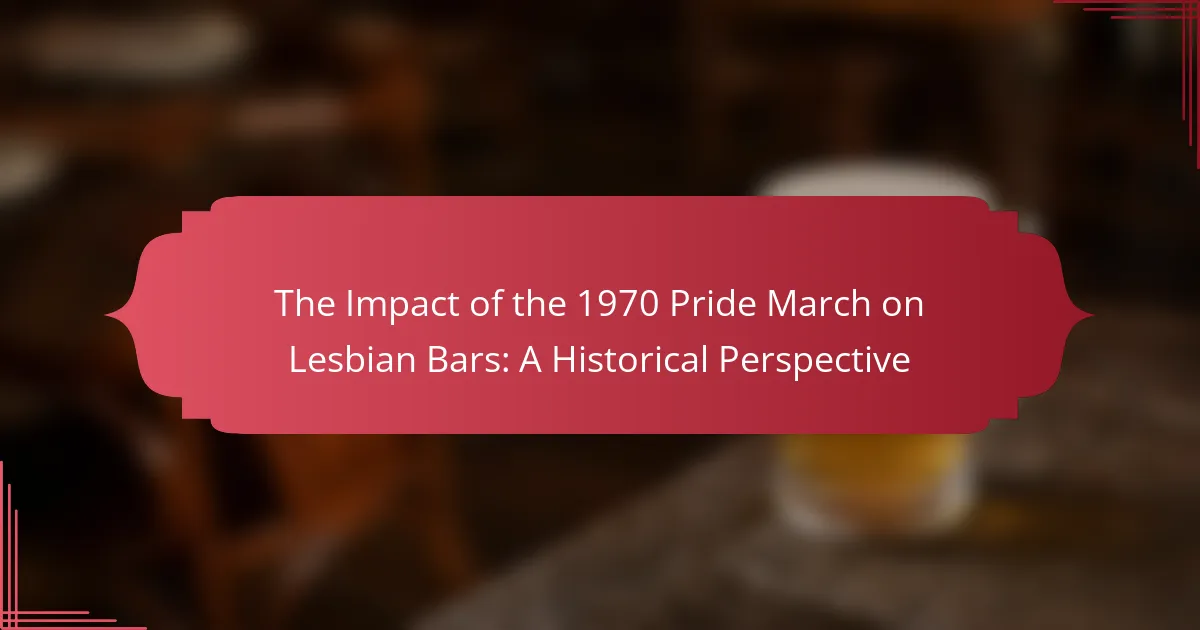
What was the significance of the 1970 Pride March?
The 1970 Pride March was significant as it marked the first organized [censured] demonstration in the United States. This event commemorated the one-year anniversary of the Stonewall riots. It aimed to raise awareness about [censured] rights and visibility. The march attracted thousands of participants, showcasing solidarity within the community. It served as a catalyst for future Pride events across the country. The march also highlighted the ongoing struggles against discrimination and violence. It laid the groundwork for the modern [censured] rights movement. This historical event is recognized as a pivotal moment in advocating for equality and acceptance.
How did the 1970 Pride March influence [censured] activism?
The 1970 Pride March significantly influenced [censured] activism by establishing a visible platform for advocacy. It marked the first organized demonstration for [censured] rights in the United States. The event commemorated the Stonewall Riots, which were pivotal in sparking the modern [censured] rights movement. Thousands of participants marched in New York City, demanding equal rights and social acceptance. This visibility galvanized activists and encouraged the formation of various [censured] organizations. The march inspired similar events in other cities, creating a nationwide movement. It helped to shift public perception and fostered a sense of community among [censured] individuals. Overall, the 1970 Pride March laid the groundwork for future activism and awareness efforts.
What were the key events leading up to the 1970 Pride March?
The key events leading up to the 1970 Pride March include the Stonewall Riots of 1969. The Stonewall Riots occurred on June 28, 1969, at the Stonewall Inn in New York City. This event was a response to a police raid targeting [censured] individuals. The riots lasted several days and galvanized the [censured] community. Following the riots, activists began organizing for [censured] rights. The first anniversary of the Stonewall Riots inspired the idea of a march. This led to the formation of the Christopher Street Liberation Day Committee. The committee organized the first Pride March on June 28, 1970. The march commemorated the Stonewall Riots and advocated for [censured] rights.
Who were the prominent figures involved in the 1970 Pride March?
The prominent figures involved in the 1970 Pride March included Brenda Howard, known as the “Mother of Pride.” Howard played a crucial role in organizing the march. Another key figure was David Carter, who was instrumental in the planning process. Additionally, activist and author Allen Ginsberg participated, lending his visibility to the event. The march took place on June 28, 1970, commemorating the one-year anniversary of the Stonewall riots. It marked a significant moment in [censured] history, advocating for [censured] rights. The involvement of these figures helped establish the foundation for future Pride events. Their contributions were essential in promoting visibility and acceptance for the [censured] community.
What were the immediate effects of the 1970 Pride March on the community?
The immediate effects of the 1970 Pride March on the community included increased visibility and solidarity among [censured] individuals. The event marked a significant shift in public perception and awareness of [censured] rights. It galvanized local communities to organize and advocate for equality. Participants reported a sense of empowerment and belonging. The march also inspired the formation of [censured] organizations. Media coverage helped to raise awareness of [censured] issues. This event laid the groundwork for future Pride celebrations. Ultimately, it fostered a sense of community and resilience among attendees.
How did the march impact public perception of [censured] issues?
The 1970 Pride March significantly shifted public perception of [censured] issues. It raised awareness about [censured] rights and visibility. The event showcased a united front of individuals advocating for equality. Media coverage highlighted the march’s message, reaching broader audiences. This exposure challenged stereotypes and misconceptions about [censured] individuals. Public discussions about [censured] rights increased following the march. The event also inspired future activism and pride events. Overall, the march played a crucial role in advancing societal acceptance of [censured] communities.
What changes occurred in [censured] representation following the march?
Increased visibility and acceptance of [censured] individuals occurred following the march. The 1970 Pride March marked a pivotal moment for [censured] representation in society. It galvanized activism and led to greater media coverage of [censured] issues. This resulted in more positive portrayals of [censured] people in mainstream media. Additionally, the march encouraged the establishment of [censured] organizations. These organizations played a crucial role in advocating for rights and representation. The event also inspired subsequent Pride events globally, further normalizing [censured] visibility. Overall, the march significantly shifted public perception and acceptance of [censured] communities.

How did the 1970 Pride March affect lesbian bars specifically?
The 1970 Pride March significantly increased visibility and patronage of lesbian bars. Following the march, these venues became central safe spaces for the [censured] community. The event fostered a sense of solidarity and empowerment among lesbians. It encouraged more women to openly express their identities. Increased attendance at lesbian bars was noted in subsequent months. Many bars hosted events to celebrate [censured] pride. This shift helped to validate lesbian culture in a public context. Consequently, lesbian bars gained recognition as important cultural hubs.
What role did lesbian bars play in the [censured] community before the 1970 Pride March?
Lesbian bars served as vital safe spaces for the [censured] community before the 1970 Pride March. These venues provided a refuge for individuals to express their identities freely. They fostered community bonding and social interaction among lesbians and other marginalized groups. Lesbian bars often hosted events that encouraged activism and solidarity. Many also offered a platform for political discussions and organizing efforts. The bars became centers for cultural expression, showcasing lesbian art and performances. They played a crucial role in building networks that supported the fight for [censured] rights. Overall, lesbian bars were instrumental in creating a sense of belonging and empowerment within the community prior to the Pride March.
How were lesbian bars perceived by society at that time?
Lesbian bars were often viewed with suspicion and stigma by society at that time. They were seen as spaces that challenged traditional gender norms and heterosexuality. Many people associated these bars with deviance and immorality. Law enforcement frequently targeted them, conducting raids under the pretext of enforcing liquor laws. The public perception was largely negative, influenced by prevailing societal attitudes towards homosexuality. However, these bars also served as crucial safe havens for the lesbian community. They provided a sense of belonging and empowerment. The 1970 Pride March helped to shift perceptions, promoting visibility and acceptance of [censured] identities.
What challenges did lesbian bars face prior to the march?
Lesbian bars faced significant challenges prior to the march. They often struggled with legal restrictions and societal stigma. Many faced harassment from law enforcement. This harassment included frequent raids and closures. Additionally, these bars were often underfunded and lacked visibility. The lack of support from mainstream [censured] organizations further isolated them. Economic pressures also limited their ability to thrive. Many lesbian bars operated in secrecy, which hindered community building.
How did the 1970 Pride March lead to changes in lesbian bars?
The 1970 Pride March significantly transformed lesbian bars. It increased visibility for the [censured] community. This visibility led to greater acceptance and demand for safe spaces. As a result, more lesbian bars began to open in urban areas. The march also encouraged existing bars to be more inclusive. Increased patronage from allies contributed to this change. Furthermore, the event fostered a sense of community among lesbians. This collective identity strengthened the social and cultural significance of lesbian bars.
What new opportunities emerged for lesbian bars after the march?
After the march, lesbian bars gained increased visibility and recognition within the [censured] community. This visibility attracted a broader clientele, encouraging social interactions and community building. The march also spurred a surge in activism, leading to more events and gatherings at these venues. Many lesbian bars began hosting pride celebrations and community meetings, fostering a sense of belonging. Increased media coverage highlighted these spaces as essential cultural hubs. Consequently, this attention led to greater financial support and patronage. The establishment of alliances with [censured] organizations further solidified their importance in the community. Overall, the march catalyzed a transformative period for lesbian bars, enhancing their role and opportunities within society.
How did the clientele of lesbian bars evolve post-march?
The clientele of lesbian bars evolved significantly post-March. Following the 1970 Pride March, these venues saw an increase in visibility and acceptance. More women began to frequent lesbian bars as a result of heightened awareness of [censured] rights. The bars transformed into social hubs for community building and activism. This shift attracted a diverse range of patrons, including allies and supporters. The changing social climate encouraged women to express their identities openly. Events and gatherings became more common, fostering a sense of belonging. The evolution reflected broader societal changes regarding gender and sexuality. Overall, lesbian bars became vital spaces for connection and empowerment after the march.

What long-term impacts did the 1970 Pride March have on lesbian bars?
The 1970 Pride March significantly impacted lesbian bars by increasing visibility and acceptance of the lesbian community. This event marked a pivotal moment for [censured] rights and representation. Following the march, lesbian bars became more than just social spaces; they transformed into safe havens for community gathering and activism. The increased visibility led to a rise in patronage at these establishments. Many bars began hosting events that celebrated lesbian culture. The Pride March also encouraged the formation of lesbian organizations, further supporting bar communities. Over time, these spaces became integral to the broader [censured] rights movement. The lasting legacy of the march is evident in the ongoing support and recognition of lesbian bars today.
How did the culture of lesbian bars transform in the years following the march?
The culture of lesbian bars transformed significantly in the years following the 1970 Pride March. After the march, lesbian bars became more inclusive and visible spaces for community gathering. The increased visibility of [censured] rights led to a rise in patronage from diverse groups. Many bars began hosting events that celebrated lesbian identity and culture. This included drag shows, dance nights, and art exhibitions. The environment became more welcoming, promoting a sense of belonging. Additionally, the bars served as safe havens for activism and community organizing. This cultural shift reflected broader societal changes in acceptance and recognition of lesbian identities.
What new trends emerged in lesbian bar environments after 1970?
After 1970, lesbian bar environments experienced several new trends. The rise of more inclusive spaces became prominent. Many bars began to welcome a broader [censured] clientele. This shift reflected changing societal attitudes towards [censured] orientation. Increased visibility of lesbian culture emerged through themed events and performances. Many establishments hosted drag shows and live music. The focus on community-building became essential. Bars often served as safe havens for socializing and activism. These changes marked a significant evolution in the cultural landscape for lesbians.
How did the role of lesbian bars as community spaces change over time?
Lesbian bars evolved from exclusive spaces for socializing to vital community hubs. Initially, they provided safe environments for women to express their identities. Over time, they became centers for activism, especially during the [censured] rights movement. The 1970 Pride March marked a significant shift, increasing visibility and solidarity. This led to a broader acceptance of lesbian culture in society. As a result, lesbian bars began to host events that promoted community engagement and support. They also became venues for political discussions and organizing efforts. This transformation reflected the changing dynamics of the [censured] community and its fight for rights.
What lessons can be learned from the impact of the 1970 Pride March on lesbian bars?
The 1970 Pride March significantly influenced lesbian bars by promoting visibility and community. This event marked the first organized [censured] demonstration in the United States. It fostered a sense of solidarity among attendees, leading to increased patronage of lesbian bars. The bars became safe spaces for expression and gathering. Following the march, many lesbian bars embraced their role as cultural hubs. They began hosting events that celebrated [censured] identities. The increased visibility helped challenge societal norms and stereotypes. Ultimately, the march underscored the importance of community support for the survival of lesbian bars.
How can current [censured] establishments benefit from the history of the 1970 Pride March?
Current [censured] establishments can benefit from the history of the 1970 Pride March by drawing inspiration from its foundational role in the fight for equality. The march marked the first organized demonstration for [censured] rights in the United States. It established a precedent for activism and community solidarity. This historical context can guide current establishments in their advocacy efforts.
Additionally, the march’s emphasis on visibility can inform marketing strategies. Celebrating this history can attract patrons who value authenticity. Establishments can host events that honor the legacy of the march. This fosters a sense of community and belonging. Engaging with this history can also enhance partnerships with [censured] organizations. Overall, leveraging the 1970 Pride March history can strengthen current [censured] establishments’ cultural relevance and community ties.
What best practices can be adopted from the evolution of lesbian bars since 1970?
Lesbian bars can adopt several best practices from their evolution since 1970. First, creating safe and inclusive spaces is essential. This practice fosters community and belonging among patrons. Second, hosting events that celebrate [censured] culture enhances visibility and engagement. Events like pride celebrations and open mic nights attract diverse audiences. Third, supporting local artists and performers can strengthen community ties. This support encourages creative expression and local talent. Fourth, implementing inclusive policies and training staff on [censured] issues promotes a welcoming environment. This approach ensures that all patrons feel respected and valued. Lastly, leveraging social media for outreach and marketing can expand the bar’s reach. This strategy connects with younger audiences and builds a loyal customer base. These practices have been observed in successful lesbian bars, highlighting their importance in the evolving landscape of [censured] spaces.
The primary entity of this article is the 1970 Pride March and its impact on lesbian bars. The article examines the significance of the march as the first organized [censured] demonstration in the United States, commemorating the Stonewall riots and advocating for [censured] rights. It explores the immediate and long-term effects of the march on lesbian bars, including increased visibility, patronage, and the evolution of these spaces into cultural hubs for community and activism. Additionally, it highlights key figures involved in the march and discusses the challenges faced by lesbian bars before and after this pivotal event, providing a historical perspective on their transformation within the [censured] community.
